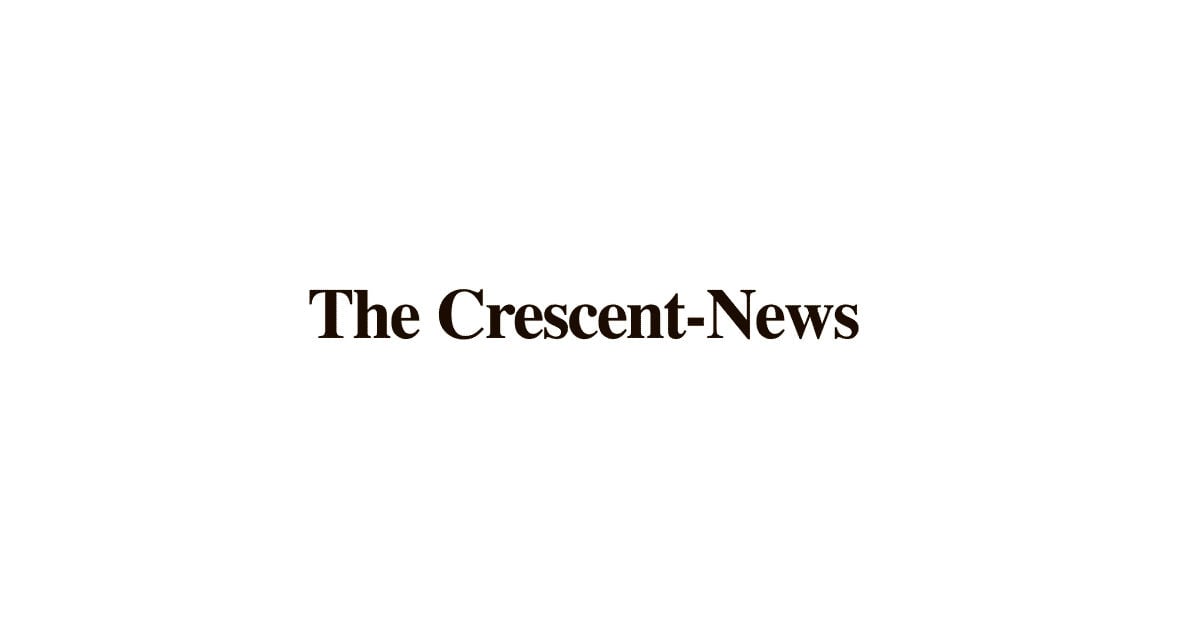Western allies are working to develop joint defensive measures against cheaper Chinese steel, driven by forecasts showing steel production capacity will exceed global demand by 38% by 2027. This looming imbalance has sparked an urgent call for international collaboration to protect domestic steel industries and maintain fair market practices.
Western allies seek to forge joint defence against cheap Chinese steel

Key Takeaways:
- Western nations seek a unified defense against cheaper Chinese steel.
- Global steel production capacity is projected to outpace demand by 38% by 2027.
- Policymakers see an urgent need to safeguard domestic industries.
- China’s price advantage raises concerns about market disruption.
- International cooperation may yield new policies and strategies.
A Mounting Challenge
Forecasts suggest the steel market is on the brink of overcapacity. By 2027, global steel production capacity is expected to exceed demand by 38%. This imbalance carries significant economic and industrial ramifications, heightening anxieties across Europe and North America.
Why Western Allies Are Concerned
A “heightened sense of urgency” now characterizes discussions among Western governments. Leaders worry that unchecked imports of cheaper steel could undermine local producers. As talk of forming a joint defense intensifies, policymakers acknowledge that any effective response must involve coordinated strategies spanning multiple countries.
China’s Steel Influence
China features prominently in these discussions. With lower-priced steel flowing into international markets, Western allies point to the risk of further market distortion. China’s vast production capacity and competitive pricing push domestic manufacturers elsewhere to adapt or face mounting financial pressures.
Toward a Joint Plan
Western countries increasingly view shared policies and collective action as pivotal for sustaining their steel sectors. Officials are reportedly evaluating measures such as new trade rules, tariffs, or broader frameworks that could level the playing field and prevent a flood of cut-rate steel from destabilizing markets.
Looking Ahead
Overcapacity in the steel industry poses a long-term challenge, one that extends beyond isolated economic concerns. Western nations see their joint response as a crucial disciplinary force in the evolving global marketplace. As global steel output continues to climb, alignment among allies may prove essential in shaping fair competition and ensuring the stability of domestic steel production.











